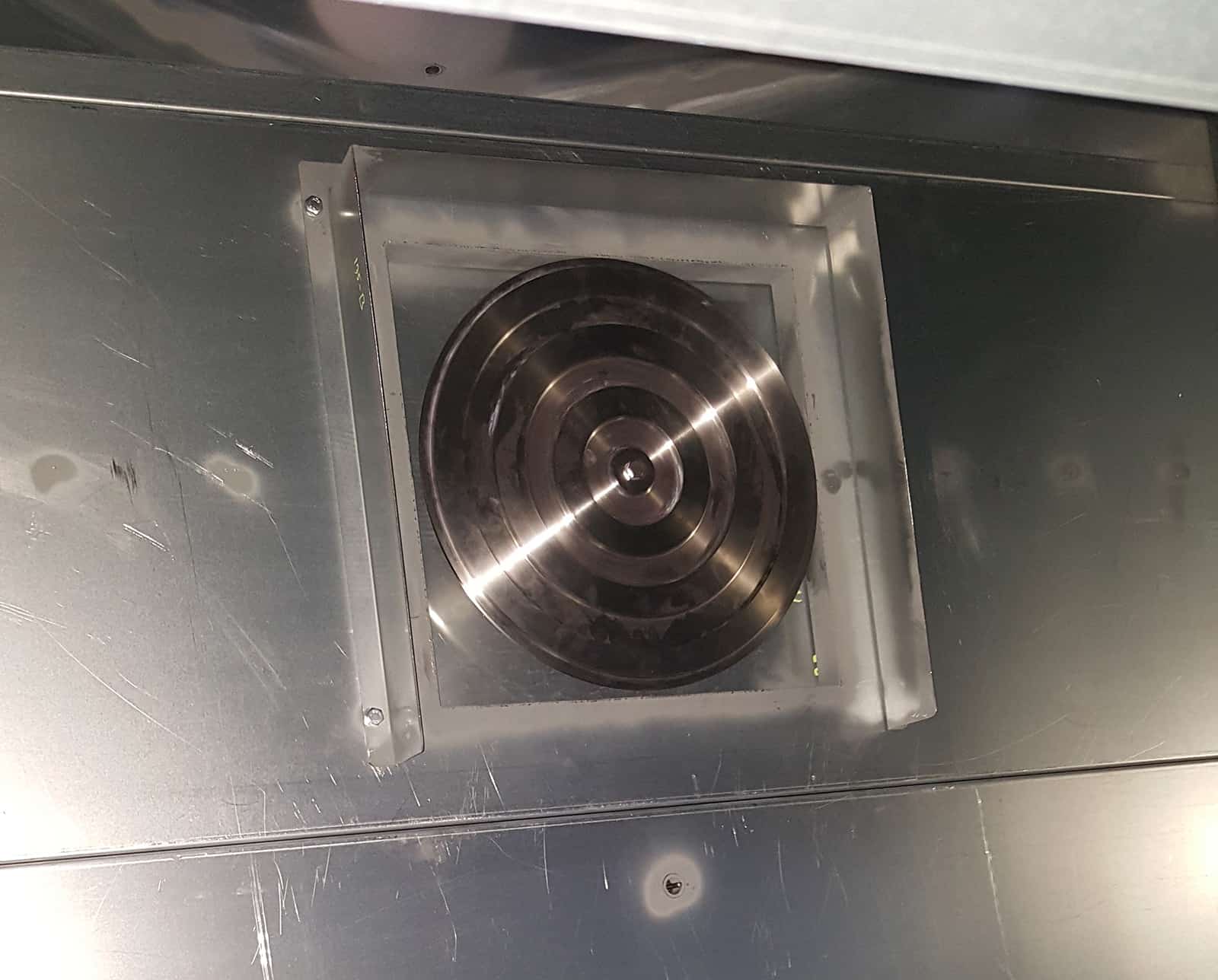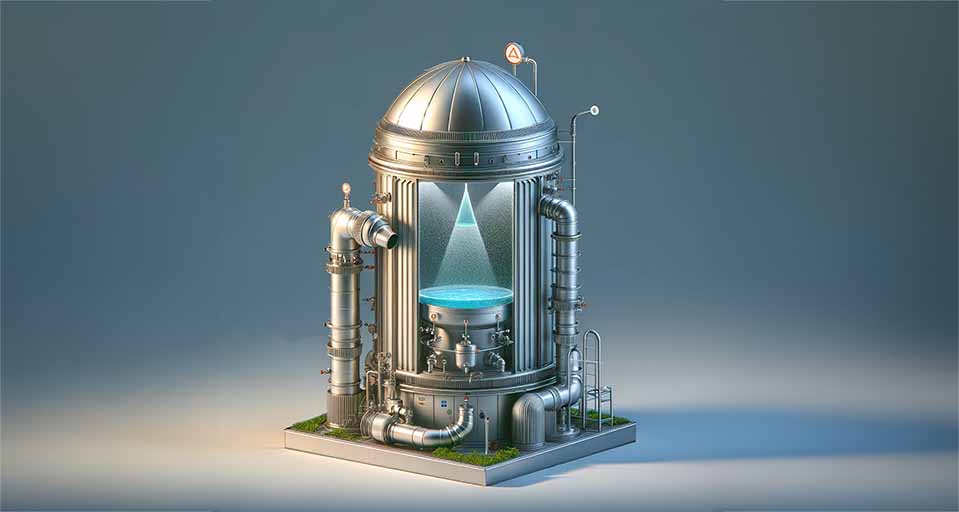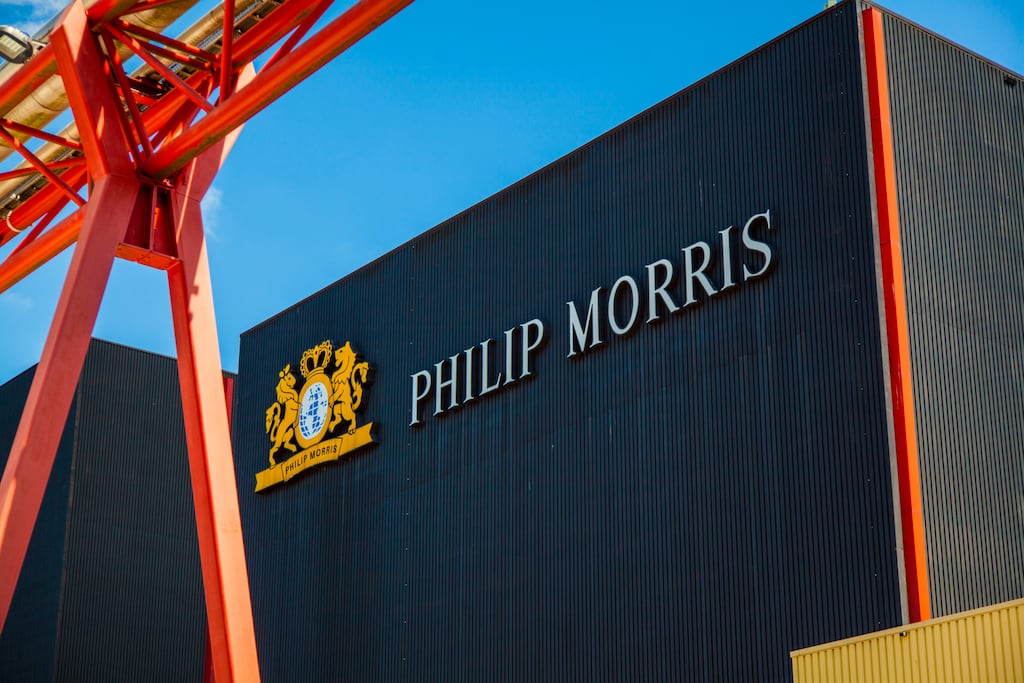Many manufacturers face the same challenge with valuable product being filtered out of the production process. Because of specific product properties, like stickiness or Ultra Fine Particles, agglomerated product on your filter bags and housing is not discharged and processed. The result is increased downtime, more maintenance & cleaning due to product build-up instead of a clean product filter.
What is Agglomeration and how to get rid of it in an Industrial Environment
Simply put, Product Agglomeration is the sticking of particles to one another or to solid surfaces. This is mainly the case with:
- Milled powders (e.g. with Pharmaceuticals)
- Bulk solids
- Ingredients
- Cacao
- Milk powder
- Tobacco
- Flour
Agglomeration in production processes can create unwanted, uncontrolled buildup, bridging, caking or lumping inside of your equipment, making it hard to collect and clean.
Acoustic Agglomeration Technology & Acoustic Cleaning is a preconditioning technology for dust removal. It uses a high-frequency sound waves to make fine airborne particles collected and form into larger agglomerates so that it enhances the efficiency of traditional dust filters and minimize the concentration of fine dust emissions.
Applying Acoustic Technology to solve Product Agglomeration
Cleaning of Agglomerated particles can be costly, time consuming and lead to inefficient production lines. Acoustic Agglomeration Technology is applied to create a healthy work environment through increasing the UFP removal efficiency of (existing) electrostatic precipitators, demisters, dust filters, and air-return units. This technology is suitable for treating both ultra-fine solid particulates and liquid aerosols in exhaust air.
Adhesive spraying for production lines
JOA installed systems for adhesive spraying production lines treating up to 12.000 m3/hr. The extracted airstream containing the sticky spraying adhesives are entering the acoustic filter in a settling chamber where these sticky aerosols are growing in size by the acoustic waves. The enlarged particles are drained which results in a much longer life time of the consecutive filters.
The following are some examples of aerosols that can be treated:
- Carbon black
- Tire
- Rubber
- Paint production)
- Silica and amorph silica
- Roofing
- Glass
- Ceramics
- Composites
- Laser printer toners
- High-temperature fixing units
- Food grade Arabic gum spraying
Acoustic Agglomeration Technology is applied in production facilities for spraying processes, high impact (jet) milling and fine powder crushing and grinding. These high frequency ultrasonic transducers are also used for filter housing cleaning. Additional cleaning of the filter housing (walls, division plate and hopper cone) is executed by an Acoustic driven internal cylinder with high frequency power transducers for high frequency cleaning of the internal wall. When vibrating, the dust becomes airborne, after which the agglomerated parts will settle in the cone of the filter.
Patent-pending down flow product filters
JOA’s patent-pending down-flow product filters are equipped with an internal ultrasound ‘radiator-cylinder’, connected to several high power transducers. These generate 21 kHz @ 163 dB ultrasonic waves. This makes the internal cylinder an effective ultrasound ‘radiator’, preventing the valuable powder to stick to the smooth finish wall, during the production process.
Acoustic Cleaning in Place Cycle benefits
- Continues filter cone cleaning during production to prevent agglomeration of valuable product on filters and filter inner housing.
- During Stop: Filter bags are cleaned by reverse pulse jets
- Filter division plate and powder release cone are cleaned by product-specific ‘pressurized air sweeps’
- Acoustic CiP cleaning cycle is applied in ‘Power Mode’. Increased power cleaning to remove agglomerated product starts after finishing batch production.




